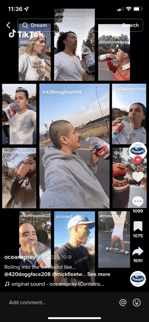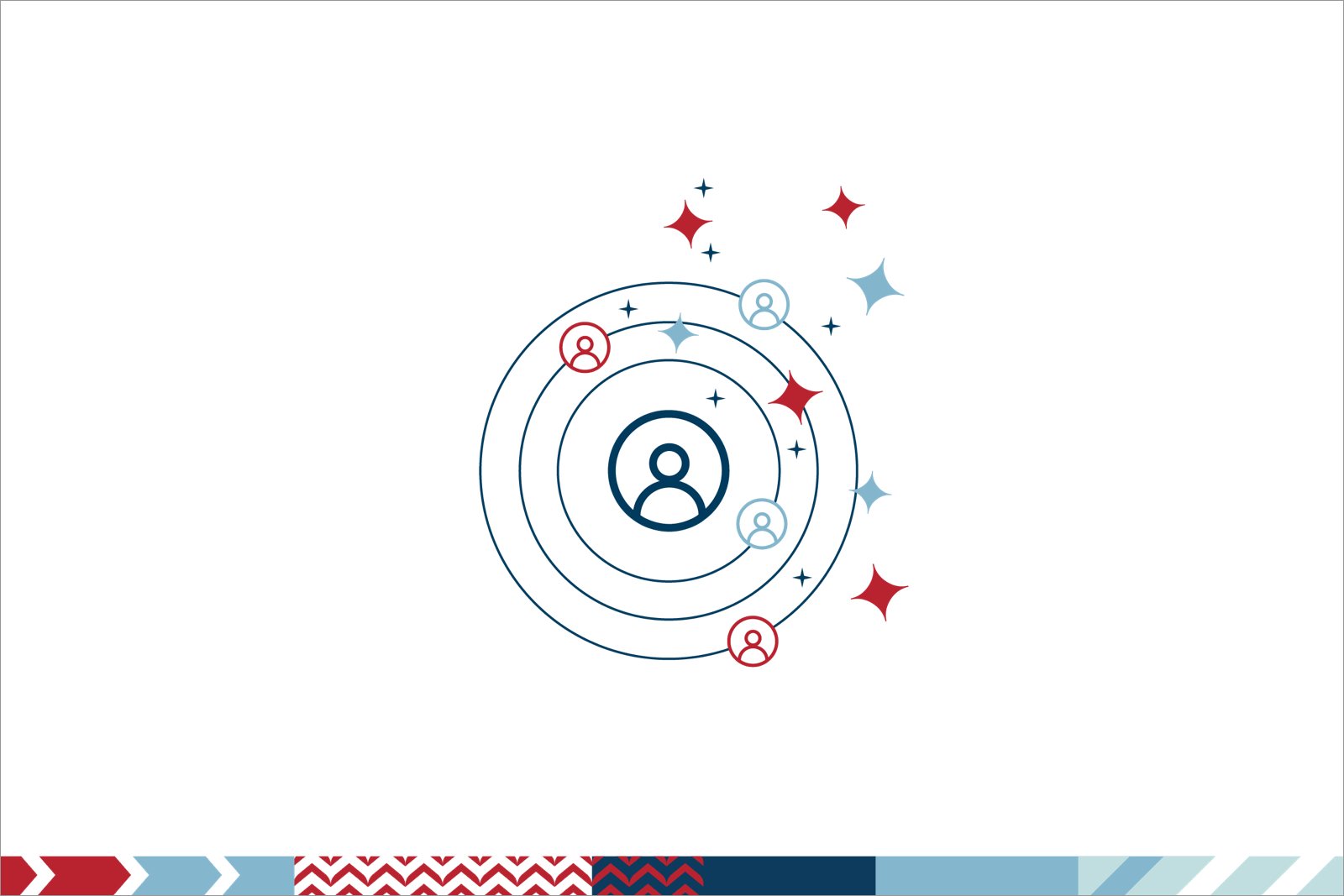User-Generated Content—Today's Word of Mouth

While we know that consumers value the opinions of their favorite influencers, attitudes toward traditional influencer marketing are changing. In a recent white paper from The Lacek Group, “Generationally Speaking: Gen Z Transforms Loyalty,” Montanna Cervenka points out that Gen Z thinks differently about influencer-driven content.
Three-quarters of Gen Z consumers say they’re more likely to trust content shared by “normal” people than content shared by brands or celebrities. That’s a significant opportunity for brands to connect with their customers in an authentic, trusted way with user-generated content (UGC)—i.e., posts or other shared media related to a brand or product but produced by someone who isn’t an official representative of the brand or products.
UGC allows micro-creators to tiptoe the line between consumer and influencer because they’re usually focused on creating content that reflects their personal identity. Then brands pay to use the content in their official channels.
 When TikTok users visit Adobe’s TikTok account, they aren’t met with big-budget videos produced by the brand. Rather, they will find that the account is filled with user-generated videos that come from small artists and creatives. The choice to use UGC to highlight its software tools, makes the company’s TikTok page feel less like a marketing tool and more like a resource artists can use to learn from their peers about how they can get the most out of Adobe software.
When TikTok users visit Adobe’s TikTok account, they aren’t met with big-budget videos produced by the brand. Rather, they will find that the account is filled with user-generated videos that come from small artists and creatives. The choice to use UGC to highlight its software tools, makes the company’s TikTok page feel less like a marketing tool and more like a resource artists can use to learn from their peers about how they can get the most out of Adobe software.
UGC & loyalty are inherently interlaced
Transactional activity is important, but brands also need to focus on how customers feel when using their products or services. UGC inherently helps companies emotionally bond with their audiences through the authenticity and the inclusivity of leveraging real customer feedback. What better way for a brand to show that it truly values its customers’ honest feedback than by promoting it front and center?
UGC can be used to comprehensively understand what your customer base loves, hates and everything in between. Having that information enables you to make smarter decisions around investment decisions, including which channels to use, offer types, and values to extend.
Strategies for implementing UGC into your loyalty mix
Reward loyalty members who share social posts or reviews with loyalty points.
According to Forrester, 66% of consumers think it is important for a retailer to offer customer ratings and reviews. Customers want to see what their peers think of your product. Sweeten the pot and incentivize members to write reviews by rewarding them with points for this action.
Ipsy, a monthly cosmetics subscription service, rewards members of their Points program for engaging with the brand. Some of the actions that the program rewards include writing product reviews and reviewing each monthly experience.
Crumbl offers an app-based program that follows a similar structure, rewarding members for partaking in a number of engagement activities including rating the Crumbl app or leaving a Google Review for a specific store location.
Design touchpoints that encourage leaving product reviews.

Another strategy to encourage UGC in the form of reviews is through CRM. By designing touchpoints that engage customers, you can naturally nurture a pipeline for new UGC content. Keeping your message short, with the CTA to leave a review being the primary message of the email is best practice when designing these touchpoints.
After making and receiving a purchase from Amazon, Prime members receive a follow-up email asking them to leave a review for the product.
Retailer Abercrombie & Fitch takes this approach to the next level by using creative copy and incentivizing members to leave product reviews with the chance to win a gift card.
Expand on the virality of UGC.
UGC’s unique ability to connect with consumer values also means that unique content has the power to go viral. It is important for brands to find ways to encourage more customers to get involved when they find themselves a part of a viral moment.
 In 2020, Nathan Apodaca blew up on TikTok when he posted a video of himself skateboarding and drinking a gallon bottle of Ocean Spray Cran-Raspberry juice while lip-syncing Fleetwood Mac’s “Dreams”. Within five days the TikTok amassed 27 million views.
In 2020, Nathan Apodaca blew up on TikTok when he posted a video of himself skateboarding and drinking a gallon bottle of Ocean Spray Cran-Raspberry juice while lip-syncing Fleetwood Mac’s “Dreams”. Within five days the TikTok amassed 27 million views.
After the success of the video, Ocean Spray not only shared the video on its own channels but also sought out Apodaca and gifted him a cranberry red Nissan pickup filled with jugs of Ocean Spray juice. Ocean Spray encouraged customer’s to keep Apodaca’s good vibes going by sharing their own videos using the hashtags #DreamsChallenge or #CranberryDreams.
Keep two UGC best practices in mind
Practice transparency.
Specify which UGC actions earn points and award points for UGC actions that have shown conversion rates in the past. For example, if you are a retailer, and consumers who interact with product reviews with images have a higher conversion rate, then that is the type of content you want to reward.
It is also crucial that members can easily understand which rewards they will receive for creating UGC content. Clearly list UGC rewards on your program page and communicate them through other channels (CRM, social, etc.).
Collect and promote UGC.
Make the process of submitting UGC a simple user experience. If a member can’t figure out where to send their review, or there are too many steps in the process, they are less inclined to create content.
Once you have the UGC content, promote it prominently to increase consumer sentiment. Customers want to see that your brand values their opinion and that you are not trying to hide their honest opinions.
UGC makes the rewards sweeter
While many loyalty programs are driven by transactions, adding UGC to your loyalty mix is an excellent way to authentically improve consumer sentiment while rounding out your Total Loyalty strategy.
Madison Fisher is a strategist for The Lacek Group, a Minneapolis-based data-driven loyalty, experience, and customer engagement agency that has been delivering personalization at scale for its world-class clients for more than 30 years. The Lacek Group is an Ogilvy company.

